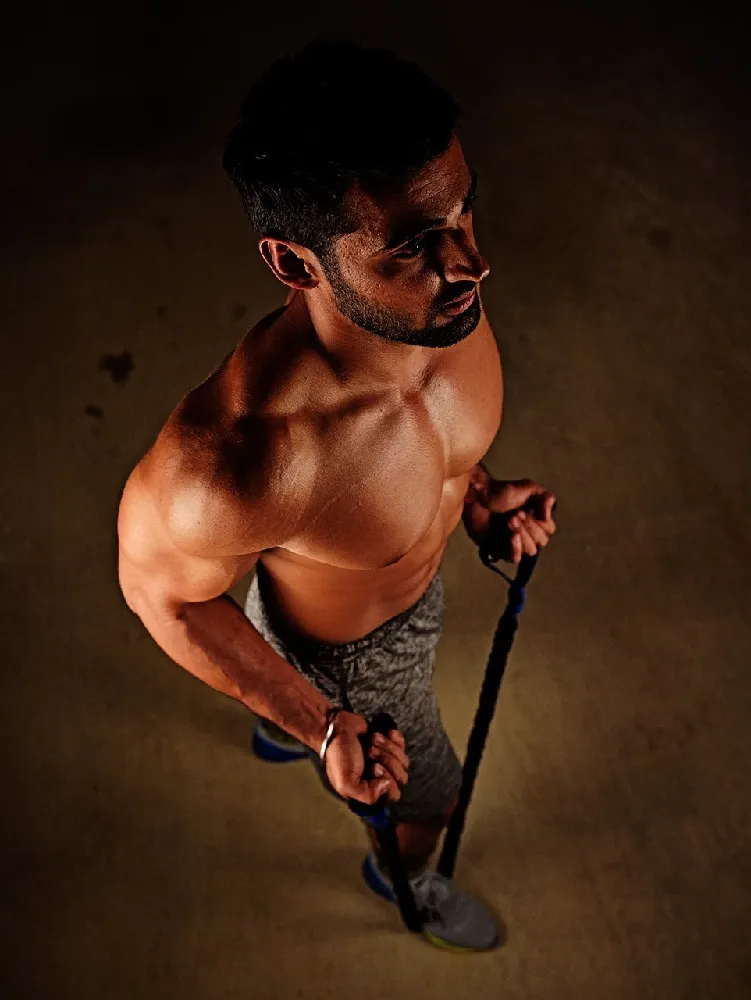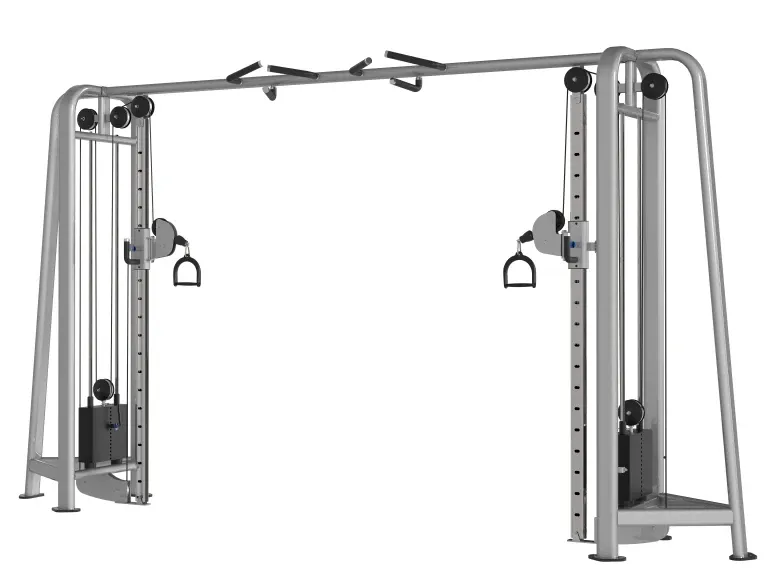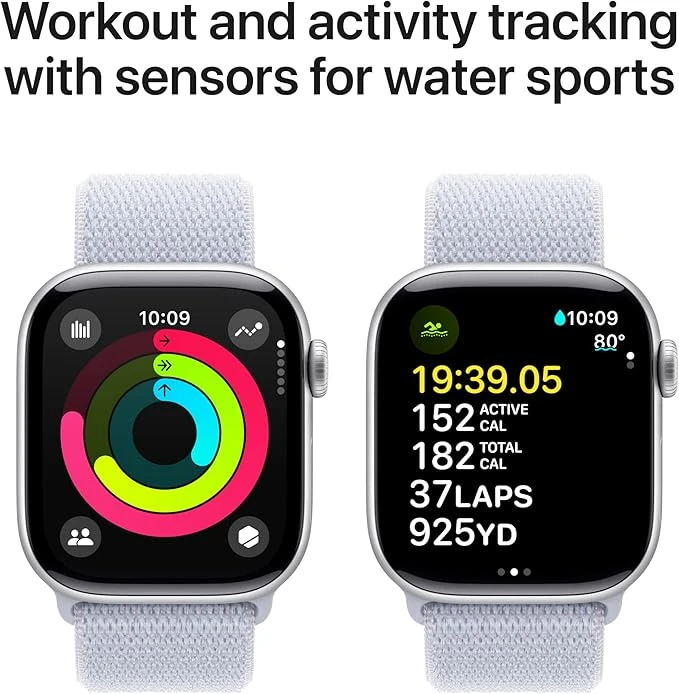Why This Debate Matters
Walk into any gym and you’ll see lifters pressing overhead. Some grab dumbbells, others head straight for the cable shoulder press machine.
Both camps swear their way is best.
The problem? The internet is flooded with “cables vs dumbbells” arguments.
Some say dumbbells build raw strength, others argue cables deliver constant tension for hypertrophy.
Add in the shoulder press machine vs dumbbell debate, and it’s no wonder beginners feel lost.
So which is better for building those cannonball delts — the dumbbell shoulder press, the cable shoulder press, or even the machine shoulder press?
Let’s break it down round by round, weaving in real lifter experiences, expert insights, and a few stories from the Ntaifitness floor.

Round 1: Cable Shoulder Press vs Dumbbell – Movement Mechanics & Muscles Worked
When you compare the cable shoulder press vs dumbbell press, the first thing to notice is how the resistance feels.
Dumbbell Shoulder Press
- Pure free weight freedom.
- Each arm works independently, forcing stabilizer muscles to fire.
- Great for functional strength and balance.
- Emphasizes anterior and medial deltoids.
Cable Shoulder Press Machine
- Provides constant tension throughout the entire range of motion.
- The guided path reduces wobble, making it easier to focus on the prime movers.
- Depending on pulley height, you can tweak the angle to hit different parts of the delts.
User voice: One lifter from Studio 805 in Los Angeles put it simply: “The FreeMotion cable shoulder press keeps tension the whole way up. Just keep your chest out and core tight so the cables don’t pull you off track.”
Round 2: Stability & Control – Shoulder Press Machine vs Dumbbell
Here’s where the shoulder press machine vs dumbbell debate heats up.
Dumbbell Press
- High stability demand.
- You’ll wobble at first, but that wobble builds raw shoulder stability.
- Forces your core and smaller stabilizers to work overtime.
Cable Shoulder Press Machine
- Lower stability demand.
- The machine guides the path, letting you push heavier without worrying about balance.
- Safer for beginners or those rehabbing shoulder injuries.
Trainer insight: Jeremy Scott explains, “One of the great benefits of using a cable as opposed to dumbbells or barbells is safety. It’s easier on your joints and ligaments.”
Round 3: Range of Motion – Dumbbell vs Cable Overhead Press
Another hot search: dumbbell overhead press vs shoulder press and cable overhead press.
Dumbbell Overhead Press
- Allows a slightly deeper stretch at the bottom.
- Great for recruiting more muscle fibers through a longer range.
Cable Overhead Press
- Keeps tension even at lockout.
- No “easy spot” at the top like with dumbbells.
- Excellent for hypertrophy because of the constant load.
Round 4: Progressive Overload – Cable Press vs Dumbbell Press
Progressive overload is the backbone of muscle growth. Here’s how each stacks up:
Dumbbells
- Easy to track progress in 5–10 lb jumps.
- But once you’re pressing heavy, just getting the dumbbells into position can be a workout itself.
Cable Shoulder Press Machine
- Micro‑adjustable plates let you increase weight in smaller increments.
- Perfect for steady, joint‑friendly progression.
- Many lifters find they can push closer to failure safely.
Round 5: Best for Strength vs Hypertrophy
This is where the machine vs dumbbell shoulder press debate gets practical.
Dumbbell Shoulder Press
- Best for functional strength, stability, and overall shoulder development.
- Great for athletes who need carryover into real‑world movements.
Cable Shoulder Press
- Best for hypertrophy.
- Constant tension = more metabolic stress and muscle fiber recruitment.
- Easier to isolate the delts without worrying about balance.
Real‑world note: Jeff Cavaliere (Athlean‑X) reminds us, “There’s no one winner; each stresses your body differently.”
I once trained in a gym where the cable machine was older than me.
The pulley squeaked so loud it sounded like a horror movie soundtrack.
That’s when I realized — equipment quality matters.
When I switched to a newer NtaiFitness cable station, the smooth pull made me actually look forward to shoulder day.
Round 6: Accessibility & Versatility – Dumbbell or Machine Shoulder Press?
One of the most practical questions lifters ask is: “Should I use the shoulder press machine or dumbbells?”
Dumbbell Shoulder Press
- Accessible anywhere — home gyms, hotel gyms, or commercial gyms.
- Versatile: you can use them for presses, lateral raises, rows, curls, you name it.
- Great for lifters who don’t always have access to a full cable station.
Cable Shoulder Press Machine
- Gym‑dependent. You need a cable station or a dedicated shoulder press machine.
- Less versatile than dumbbells, but excellent for hypertrophy‑focused shoulder work.
- Many lifters find it easier on their joints compared to heavy dumbbells.
User voice: One beginner shared, “I started with the shoulder press cable machine because it felt safer. Once I built confidence, I added dumbbells for stability.”
The Verdict: No Single Winner — It’s About Strategy
Here’s the truth: there’s no single “winner” in the cable vs dumbbell shoulder press showdown. Both have unique strengths.
Choose Dumbbells if:
- You want functional strength and stability.
- You train at home or travel often.
- You value versatility (one set of dumbbells = dozens of exercises).
Choose Cable Shoulder Press if:
- You’re chasing hypertrophy and constant tension.
- You want joint‑friendly pressing.
- You have access to a quality cable machine.
Optimal Strategy: Use both. Start your workout with dumbbells for raw strength, then finish with cables for a hypertrophy burn.
Real‑world note: Jeff Cavaliere summed it up best: “There’s no one way to train if you want a complete body. You’ve got to put it all together.”
Comparison Table: Cable Shoulder Press vs Dumbbell Shoulder Press
| Category | Cable Shoulder Press | Dumbbell Shoulder Press |
|---|---|---|
| Muscle Activation | Constant tension on delts | More stabilizer activation |
| Stability | Lower – guided path | Higher – balance required |
| Weight Progression | Micro‑adjustable plates | Larger jumps, harder to micro‑load |
| Best For | Hypertrophy & controlled motion | Functional strength & stability |
| Accessibility | Gym‑dependent | Home or gym friendly |
I once bought a cheap dumbbell set online. The plates rattled so much my dog bolted every time I lifted. Switching to NtaiFitness adjustables solved that problem instantly.
A client told me he avoided the cable machine for years because the old one at his gym squeaked like a haunted house.
When he finally tried a new NtaiFitness cable station, he said, “I can’t believe I wasted so much time avoiding this.”
And yes, I’ve been that guy stuck under a barbell because the only spotter was glued to TikTok.
Dumbbells saved me that day.
Training Program Template: Dumbbell + Cable Shoulder Press Combo
One of the most common questions I hear is: “Can I do both cable and dumbbell shoulder press in the same workout?”
Absolutely. In fact, that’s the sweet spot.
Here’s a sample program you can plug into your routine:
Warm‑Up (5–7 minutes)
- Band pull‑aparts – 2 sets of 15
- Light dumbbell lateral raises – 2 sets of 12
- Scapular wall slides – 2 sets of 10
Main Pressing Block
Dumbbell Shoulder Press (Seated or Standing)
- 4 sets of 6–8 reps
- Focus: strength and stability
- Pro tip: Don’t bounce out of the bottom. Control the descent.
Cable Shoulder Press (Seated or Standing)
- 3 sets of 10–12 reps
- Focus: hypertrophy and constant tension
- Pro tip: Keep your chest slightly out and core tight so the cables don’t pull you off alignment.
Accessory Work
- Dumbbell Lateral Raises – 3 sets of 12–15
- Cable Face Pulls – 3 sets of 12–15
- Rear Delt Dumbbell Fly or Cable Reverse Fly – 3 sets of 12–15
Finisher
- Overhead Press Burnout (Machine or Dumbbell) – 1–2 sets to near failure with lighter weight.
This hybrid approach gives you the best of both worlds: dumbbells for raw strength, cables for hypertrophy, and machines for safe volume.
Troubleshooting: Common Mistakes with Shoulder Presses
Even seasoned lifters mess up the basics. Here are the top mistakes I see — and how to fix them.
Mistake 1: Arching the Lower Back
- Problem: Overarching puts stress on your spine.
- Fix: Keep your core braced. Imagine someone’s about to punch you in the stomach.
Mistake 2: Elbows Flaring Too Wide
- Problem: This stresses the shoulder joint.
- Fix: Keep elbows slightly in front of the body, in the scapular plane.
Mistake 3: Rushing the Negative
- Problem: Dropping the weight wastes half the rep.
- Fix: Lower slowly (2–3 seconds). That’s where muscle damage — and growth — happens.
Mistake 4: Using Too Much Weight
- Problem: Ego lifting leads to sloppy form.
- Fix: Choose a weight you can control for the full range.
Mistake 5: Ignoring Variations
- Problem: Doing only one type of press stalls progress.
- Fix: Rotate between dumbbell, cable, and machine presses every 4–6 weeks.
Science Corner: What Research Says About Cables vs Dumbbells
Let’s zoom out for a second.
Why does constant tension matter?
Why do stabilizers matter?
Here’s what the science says:
Constant Tension (Cables)
- Studies show that maintaining tension throughout the range of motion increases metabolic stress — one of the three key drivers of hypertrophy (alongside mechanical tension and muscle damage).
- Translation: Cables are excellent for muscle growth.
Free Weights (Dumbbells)
- Research highlights that free weights recruit more stabilizer muscles.
- This improves joint health, balance, and functional strength.
- Translation: Dumbbells are excellent for overall strength and athletic carryover.
Machines (Shoulder Press Machine)
- Machines reduce the stability demand, allowing lifters to push closer to failure safely.
- Great for beginners, rehab, or adding extra volume without frying stabilizers.
Putting It All Together: A Shoulder Press Roadmap
Here’s how I’d structure a 12‑week shoulder press progression:
- Weeks 1–4: Focus on dumbbell presses (strength foundation).
- Weeks 5–8: Add cable presses for hypertrophy.
- Weeks 9–12: Blend dumbbells, cables, and machine presses for maximum variety.
By cycling through these phases, you’ll avoid plateaus and keep your shoulders growing.
Closing Thoughts: Why Not Both?
At the end of the day, the cable shoulder press vs dumbbell debate isn’t about picking a winner.
It’s about using the right tool for the right job.
- Dumbbells = stability, strength, and versatility.
- Cables = constant tension, hypertrophy, and joint‑friendly training.
- Machines = safety, accessibility, and volume.
The smartest move? Use all three strategically.
Upgrade Your Training
If you’re ready to take your shoulder training seriously, the right equipment makes all the difference.
- NtaiFitness Multi‑Station Cable Machine – Smooth pulleys, adjustable angles, perfect for cable shoulder presses.
- NtaiFitness Adjustable Dumbbell Set – Compact, durable, and versatile for home or gym.Final Takeaway
If you want big, balanced shoulders, don’t pick sides.
Use dumbbells for raw strength and stability.
Use cables for constant tension and hypertrophy. Mix them, progress them, and keep your form sharp.
Ready to upgrade your training? Explore the NtaiFitness Multi‑Station Cable Machine and Adjustable Dumbbell Set.

FAQs:
Is cable shoulder press good?
Yes. It’s joint‑friendly, provides constant tension, and is excellent for hypertrophy.
Shoulder press machine vs dumbbell — which is better?
Machines are safer and easier for beginners.
Dumbbells build more stabilizer strength.
Cable shoulder press muscles worked?
Primarily anterior and medial deltoids, with some triceps involvement.
Are cables better than dumbbells?
Neither is “better.” Cables excel at hypertrophy, dumbbells excel at functional strength.
Can I do both in one workout?
Absolutely. Start with dumbbells for strength, finish with cables for hypertrophy.


